Why is my “grass” patchy? or is it weeds?
Alexandria Juarez
2 months ago
Featured Answer
Sort by:Oldest
Comments (24)
Alexandria Juarez
2 months agoRelated Professionals
Lakewood Landscape Architects & Landscape Designers · McKinney Landscape Contractors · Fuquay-Varina Landscape Contractors · Hickory Hills Landscape Contractors · Parkland Landscape Contractors · Maple Valley Landscape Architects & Landscape Designers · Mitchellville Landscape Architects & Landscape Designers · Aurora Landscape Contractors · Elkridge Landscape Contractors · Glenn Heights Swimming Pool Builders · Willoughby Swimming Pool Builders · South Orange Landscape Architects & Landscape Designers · Teaneck Landscape Contractors · Canton Decks, Patios & Outdoor Enclosures · Pueblo West Decks, Patios & Outdoor EnclosuresSigrid
2 months agotsugajunkie z5 SE WI ♱
2 months agoAlexandria Juarez
2 months agofloraluk2
2 months agoAlexandria Juarez
2 months agoSigrid
2 months agoAlexandria Juarez
2 months agoAlexandria Juarez
2 months agocecily 7A
2 months agomojavemaria
2 months agoAlexandria Juarez
2 months agoA Mat
2 months agolast modified: 2 months agoAlexandria Juarez
2 months agolast modified: 2 months agoAlexandria Juarez
2 months agolittlebug Zone 5 Missouri
2 months agolast modified: 2 months agoAlexandria Juarez thanked littlebug Zone 5 MissouriAlexandria Juarez
last month
Related Stories
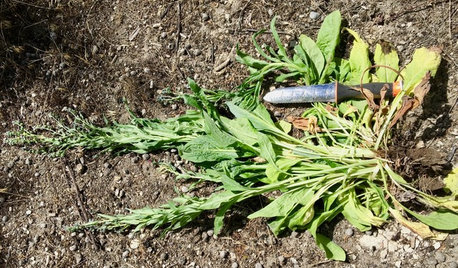
GARDENING GUIDESZen Weeding: The Smart Way to Weed Your Garden
Be mindful about keeping weeds from taking hold in your yard by knowing when and how to get rid of each type
Full Story
GARDENING GUIDESGreat Design Plant: Purple Needle Grass, California’s State Grass
The long-lived, drought-tolerant Stipa pulchra is as admired for its benefits as for its good looks
Full Story
LAWN ALTERNATIVESStop Fighting the Patchy Lawn!
Here are 3 situations where a garden may be a better idea than more turfgrass
Full Story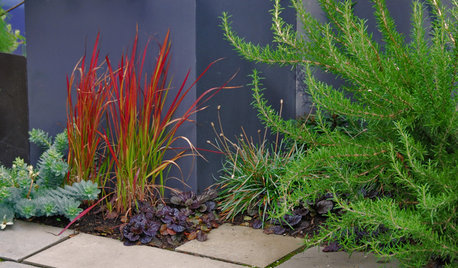
RED FOLIAGEGreat Design Plant: Japanese Blood Grass
This dramatic, ruby-tinged grass bridges the gap between red and green, short and tall plants
Full Story
EDIBLE GARDENSNatural Ways to Get Rid of Weeds in Your Garden
Use these techniques to help prevent the spread of weeds and to learn about your soil
Full Story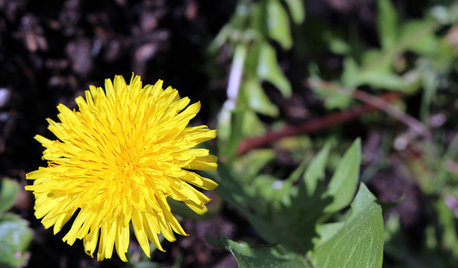
GARDENING GUIDESWhy Your Garden Might Be Full of Weeds
Tired of battling unwanted plants? These surprising reasons for weediness point the way to cures
Full Story
LANDSCAPE DESIGNIs It Time to Consider Fake Grass?
With more realistic-looking options than ever, synthetic turf can be a boon. Find the benefits and an installation how-to here
Full Story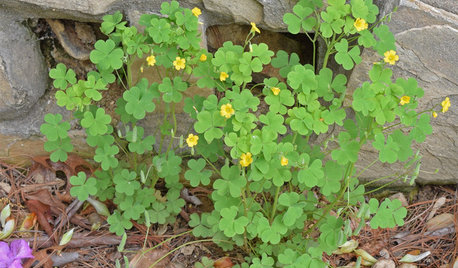
GARDENING GUIDESWhat Your Weeds May Be Trying to Tell You
An invasion of weeds can reveal something about your soil. Here’s what is going on and what to do about it
Full Story
GARDENING GUIDES5 Great Grasses for a New Lawn
Learn about maintenance, wear tolerance, ideal climate and more for these top turf choices to pick the right one for you
Full Story
GARDENING GUIDESLet's Weed Out 4 Native Plant Myths
Plant wisely for a garden that supports pollinators and requires less work
Full Story






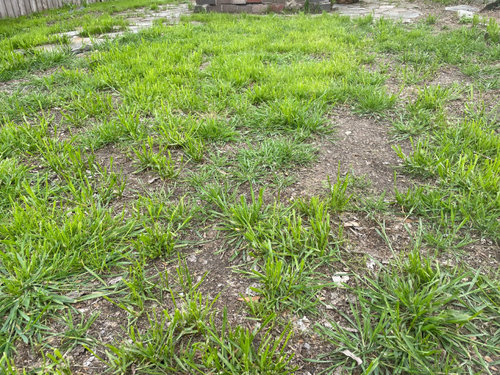







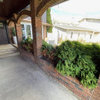

littlebug Zone 5 Missouri